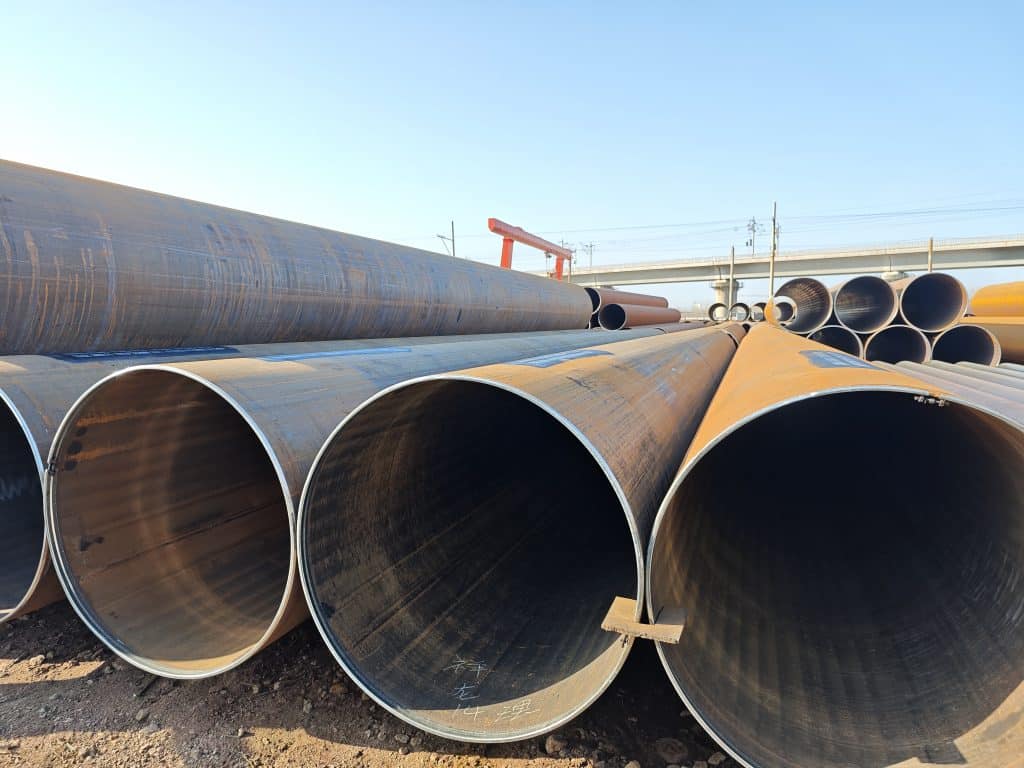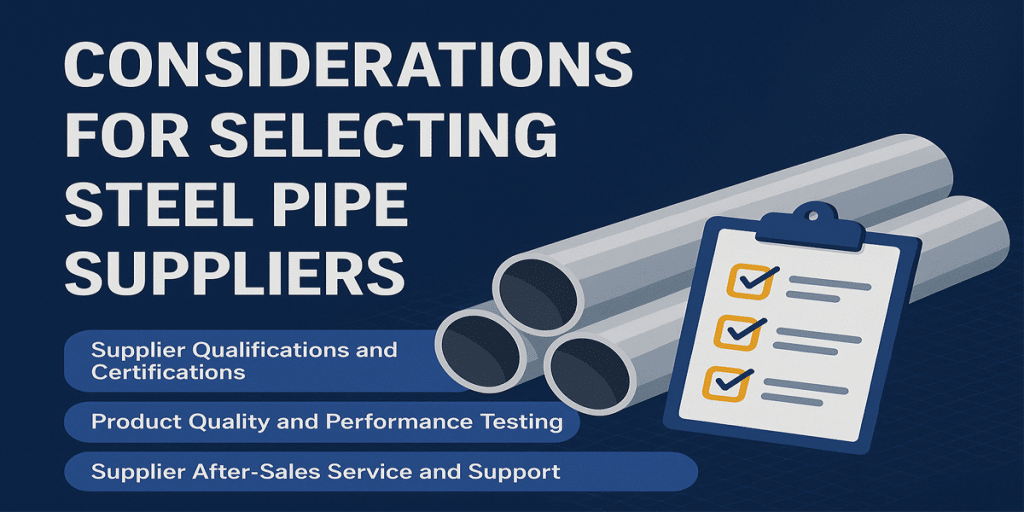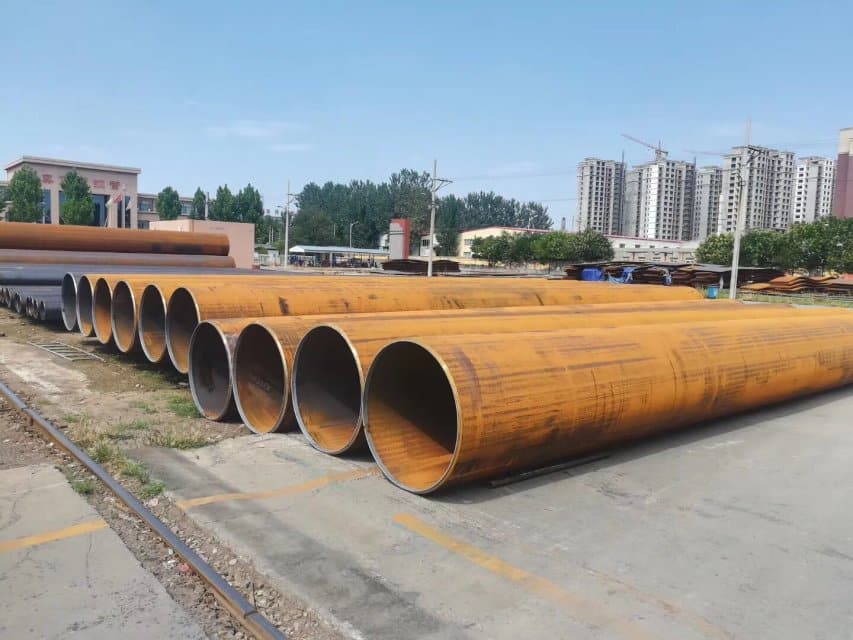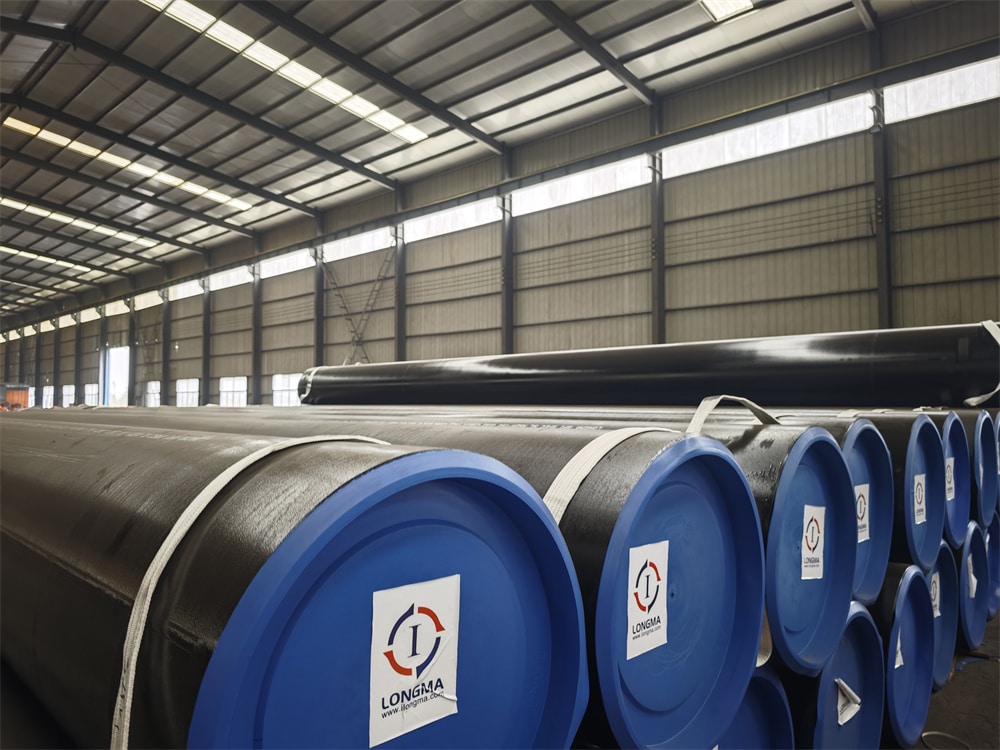- 1. Differences in Standards (EN vs GB)
- 2. Comparison of Chemical and Mechanical Properties
- 3. Testing Methods: How to Ensure the Material Truly Meets the Standard?
- 4. Application Scenarios: Which Steel Fits Which Project?
- 5. How to Choose Correctly from a Procurement Risk Perspective?
- 6. LONGMA Advantages — Building Trust Through Data, Not Slogans
- 7. Conclusion: Which Material Is Best for Your Project?
In the fields of steel structures, pressure components, bridge engineering, and pipeline manufacturing, engineers often need to choose among S235JR, S275JR, S355JR, and Q235, four commonly used structural steels.
However, different projects have different requirements for strength, weldability, impact toughness, and cost.
So which grade is the most reliable choice?
This article analyzes the topic from five dimensions: standards, chemical & mechanical properties, testing methods, application scenarios, and procurement risk control—helping you clearly determine which steel grade best fits your project needs.
Differences in Standards (EN vs GB)
- S235JR / S275JR / S355JR→ Defined in EN 10025-2 “Non-alloy Structural Steel”
- Q235 (Q235A / Q235B / Q235C / Q235D)→ Defined in Chinese GB/T 700 Standard
Common comparisons include s235jr vs s275jr, s235jr vs s355jr, s235jr vs a36, s235jr vs q235b, s235jr vs s235j2, mainly because these grades have similar yield strength ranges and are all used for load-bearing structures.
Comparison of Chemical and Mechanical Properties
Typical Mechanical Properties (Based on EN 10025-2 / GB/T 700)
| Grade | Yield Strength (MPa) | Tensile Strength (MPa) | Impact Toughness Requirement |
| S235JR | ≥235 | 360–510 | JR (20°C ≥ 27J) |
| S275JR | ≥275 | 410–560 | JR (20°C ≥ 27J) |
| S355JR | ≥355 | 470–630 | JR (20°C ≥ 27J) |
| Q235B | 235 | 375–500 | No mandatory requirement |
Interpretation
- s235jr vs s275jr
Yield difference is 40 MPa → suitable for transition from light-load to medium-load structures. - s235jr vs s355jr
Yield difference reaches 120 MPa → S355JR is more appropriate for heavy-load structures. - s235jr vs q235b
Similar performance, but Q235B lacks mandatory impact requirements. - s235jr vs s235j2
J2 has better impact resistance (−20°C ≥ 27J), suitable for low-temperature environments.
If the project involves fatigue loads, cold regions, or high safety requirements, EN materials—especially S355JR and S235J2—offer greater advantages.
Testing Methods: How to Ensure the Material Truly Meets the Standard?
Even with the same grade, material quality varies significantly among suppliers.
Therefore, LONGMA emphasizes testing through internal laboratories and third-party witness inspection to ensure traceable and verifiable quality for every batch.
Common Testing Methods and Standards
| Test Item | Purpose | Standard | Notes |
| Tensile Test | Yield / tensile / elongation | ASTM E8 / ISO 6892 | Determines load-bearing performance |
| Impact Test | Verify JR / J0 / J2 | ASTM E23 / ISO 148-1 | Essential for evaluating low-temperature properties |
| Chemical Composition Test | Composition control | Spectrometry / EN 10025 requirements | Prevents weld cracking caused by excessive elements |
| UT / MT / PT | Detect internal/surface defects | EN/ISO NDT standards | Recommended for thick plates or key structural components |
These tests are essential for evaluating substitution viability among s235jr vs a36, s235jr vs q235b, s235jr vs s355jr, etc.
Application Scenarios: Which Steel Fits Which Project?
- S235JR — Economical, General-Purpose Structural Steel
Suitable for:
- Light steel structures
- Railings, escalator components, non-primary bridge parts
- Low-stress machinery components
Applicable comparisons:
- s235jr vs s275jr→ light load vs medium load
- s235jr vs q235b→ more stable performance & clearer impact toughness requirement
- S275JR — A Safe Choice for Medium-Strength Structures
Suitable for:
- Medium-load structural parts
- General frame structures
- Projects requiring a balance between cost and strength
Compared with S235JR, S275JR offers higher yield margin and better deformation resistance.
- S355JR — High-Strength, High-Reliability Structural Steel
Suitable for:
- Heavy steel structures
- Main load-bearing components in high-rise buildings and bridges
- Dynamic loads and fatigue conditions
- Projects requiring higher strength without increased weight
For offshore, mining, equipment supports, etc., S355JR is clearly superior in the s235jr vs s355jr comparison.
- Q235 — Low Cost but Requires Caution in Quality Stability
Suitable for:
- General construction
- Low-load structural components
- Applications without mandatory impact requirements
However, in international engineering projects, Q235B often lacks the consistency of EN materials—making EN steel the preferred choice.
How to Choose Correctly from a Procurement Risk Perspective?
When comparing s235jr vs q235b / s235jr vs a36 / s235jr vs s275jr / s235jr vs s235j2, procurement teams often worry about:
- Whether the material grade is “true to its name”
Even if labeled S275JR or S355JR, without MTC (EN 10204 3.1/3.2), there is still a risk of suppliers using lower-grade substitutes.
- Whether the material properties meet low-temperature and welding requirements
Especially for JR/J0/J2 impact grades, which determine brittleness risk in cold environments.
LONGMA Advantages — Building Trust Through Data, Not Slogans
As a manufacturer with 20+ years of experience in steel and steel pipe production, LONGMA provides not only products but also complete quality assurance solutions.
- Internal Laboratory (Key Advantage)
- Tensile testing (ASTM E8)
- Impact testing (ASTM E23)
- Spectrometer chemical analysis
- UT ultrasonic flaw detection
All tests support third-party witnessing and offer complete batch traceability.
- Professional Technical Support
LONGMA can provide:
- Substitution analysis for S235JR / S275JR / S355JR / Q235
- MTC comparison for s235jr vs a36 / s235jr vs q235b
- Strength-optimization design plans (e.g., using S355JR for lighter structures)
- Export-Level Quality Assurance System
Compliant with engineering acceptance standards in Europe, America, the Middle East, Southeast Asia, and more.
Conclusion: Which Material Is Best for Your Project?
A direct summary:
- Light-load structures → S235JR / Q235B
(S235JR preferred for international projects) - Medium-load structures with welding → S275JR
(Higher safety margin than S235JR) - Heavy-load structures, high-rise buildings, bridges → S355JR
(Clear strength advantage in s235jr vs s355jr) - Cold regions → S235J2 / S275J2 / S355J2
(In the s235jr vs s235j2 comparison, J2 has significantly better low-temperature toughness)
If you are still comparing s235jr vs s275jr, s235jr vs s355jr, s235jr vs a36, s235jr vs q235b, the most important criterion is:
Always evaluate real MTC test data—not just the material grade name.
LONGMA can provide for your project:
- Material selection recommendations
- Complete MTCs
- Third-party testing
- Customized steel supply solutions






